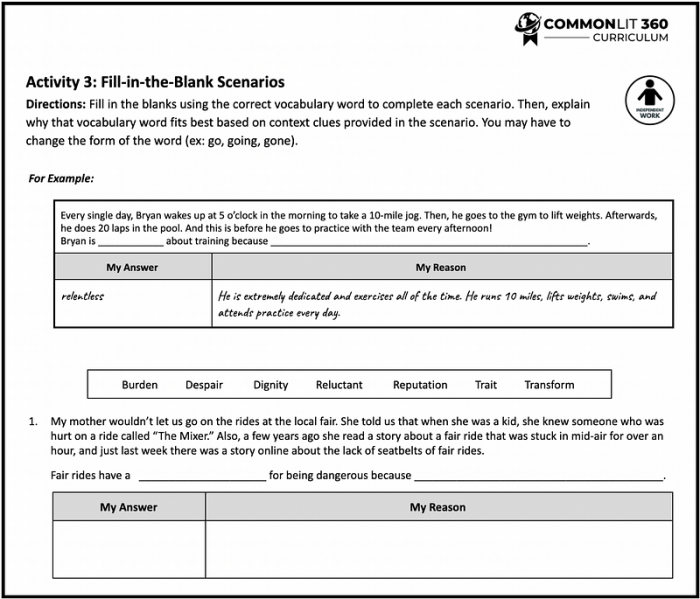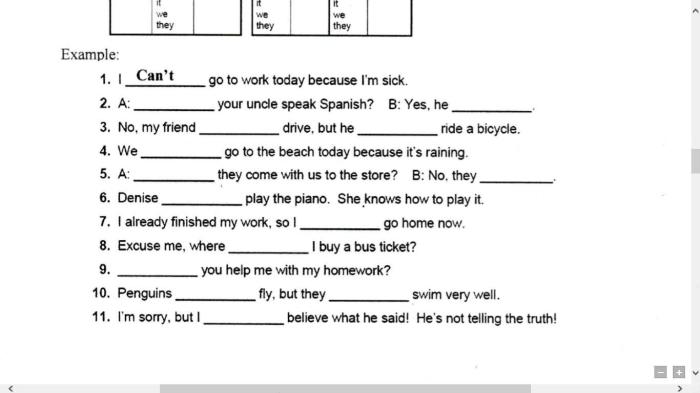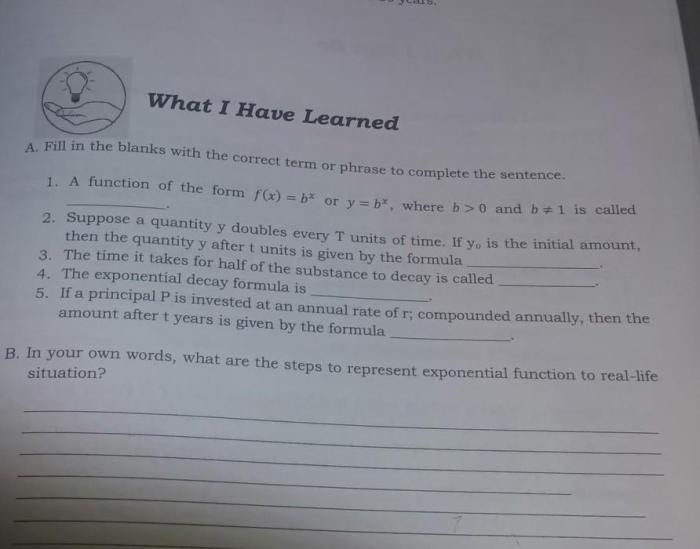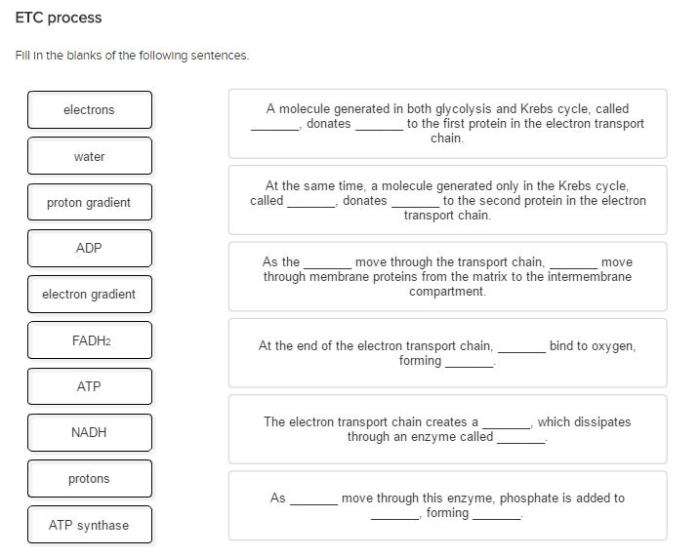Embarking on the educational journey of Activity 2 Fill-in-the-Blank Sentence CommonLit Answer Key, we delve into a realm of linguistic exploration and critical thinking. This comprehensive guide serves as a beacon of clarity, illuminating the path to understanding and mastery.
CommonLit, a renowned educational platform, has meticulously crafted Activity 2 to enhance students’ comprehension and vocabulary skills. Through a series of engaging fill-in-the-blank sentences, learners engage with diverse texts, honing their ability to identify key concepts and complete sentences with precision.
CommonLit Answer Key and Activity 2: Fill-in-the-Blank Sentence

CommonLit provides a valuable tool for students and educators: an answer key for their online exercises. This key allows users to verify their responses, identify areas for improvement, and enhance their understanding of the content. The answer key is easily accessible on the CommonLit website, and its user-friendly interface makes it convenient for students to check their answers independently.
Activity 2: Fill-in-the-Blank Sentence
Activity 2 presents students with a fill-in-the-blank sentence task. In this exercise, students are given a sentence with one or more missing words. Their task is to choose the correct words from the options provided to complete the sentence logically and grammatically.
This activity helps students develop their vocabulary, grammar skills, and comprehension abilities.
Identifying Relevant Sentences
To successfully complete Activity 2, students must identify the sentences that provide the necessary information to fill in the blanks. This involves carefully reading the text and paying attention to the context. Relevant sentences often contain clues or key words that relate to the missing words.
Completing the Sentence
Once the relevant sentences have been identified, students can begin completing the fill-in-the-blank sentence. They should carefully consider the meaning of the sentence and the options provided. The correct answer will fit grammatically and semantically within the sentence.
HTML Table for Answer Key
To provide a clear and organized view of the answer key, an HTML table can be created with the following columns:
- Sentence
- Blank
- Answer
This table can be populated with data from the CommonLit answer key.
Examples and Explanations, Activity 2 fill-in-the-blank sentence commonlit answer key
Let’s consider an example:
Sentence:The _______ of the story is set in a small village.
Options:
- Setting
- Plot
- Theme
Answer:Setting
Explanation:The word “setting” refers to the time and place in which the story takes place. This is the most appropriate choice to complete the sentence.
Common Mistakes and Tips
Common mistakes students make in Activity 2 include:
- Not carefully reading the text and missing relevant sentences
- Selecting answers based on surface similarities rather than meaning
To avoid these mistakes, students should:
- Read the text thoroughly and identify the main ideas
- Pay attention to the context and use clues to select the correct answer
Detailed FAQs: Activity 2 Fill-in-the-blank Sentence Commonlit Answer Key
What is the purpose of Activity 2 Fill-in-the-Blank Sentence CommonLit Answer Key?
The answer key provides educators and students with the correct answers to the fill-in-the-blank sentences in Activity 2, facilitating accurate assessment and self-correction.
How can I access the CommonLit answer key page?
The CommonLit answer key page can be accessed through the provided link.
What is the importance of identifying relevant sentences for filling in the blanks?
Identifying relevant sentences ensures that the chosen words accurately complete the sentence and align with the context of the text.
What are some common mistakes students make when completing Activity 2?
Common mistakes include selecting words that do not fit grammatically or semantically, overlooking key details in the text, and misinterpreting the context.


